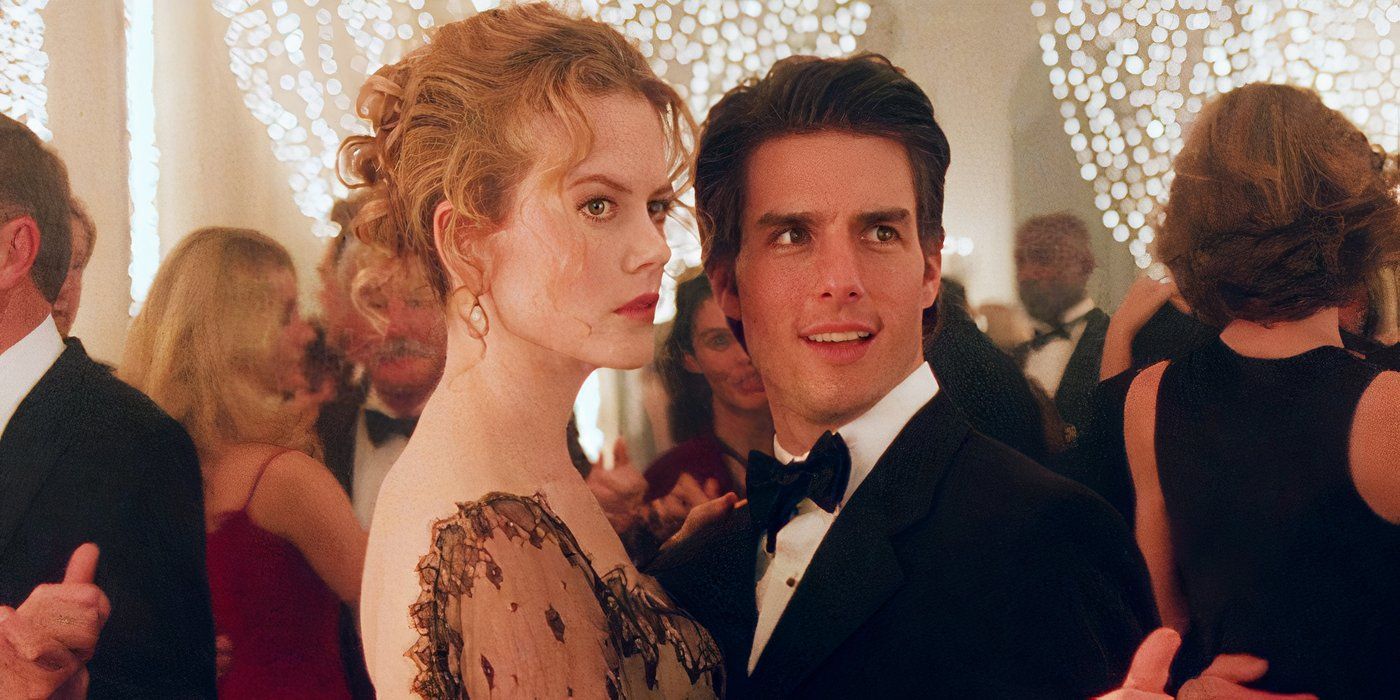
In 1996, Stanley Kubrick began principal photography on one of the longest uninterrupted shoots in history. Little did anyone know that this project would ultimately mark his final work. Unexpectedly, Kubrick’s swan song to cinema also presented a captivating enigma: Eyes Wide Shut. Filmed over more than 400 days, the movie hit theaters in the summer of 1999, mere months after the acclaimed director passed away. Starring the then-powerhouse duo Tom Cruise and Nicole Kidman, the film sparked endless discussions among audiences.
26 years after its release, the movie “Eyes Wide Shut” continues to puzzle viewers as they struggle to decipher its storyline. In fact, the film’s enigma seems to grow stronger over time, mirrored by its 75% score on Rotten Tomatoes. Upon reflection, the film doesn’t appear to be a riddle with one definitive solution but rather a dream that keeps revealing fresh insights. “Eyes Wide Shut” transcends being a psychological thriller; it serves as Stanley Kubrick reflecting the undercurrents of long-term relationships, societal secrets, and the sometimes uneasy path of self-exploration.
Eyes Wide Shut is More Than Just a Marital Drama
A Psychological Take on the Complexities of Infidelity
In its fundamental sense, the film “Eyes Wide Shut” by Stanley Kubrick centers around a troubled marriage. This narrative unfolds in the backdrop of New York City, where a couple has spent nine years together, yet there’s an underlying tension that isn’t immediately apparent. The leading character is Dr. Bill Harford, played by Tom Cruise, who is a respected medical professional. His wife, Alice, portrayed by Nicole Kidman, used to run an art gallery but is currently jobless. “Eyes Wide Shut” sparks into motion when Alice reveals a compelling and daring fantasy about a naval officer, following a glamorous Christmas party where both indulged in flirting with others.
This confession from his devoted spouse stirs a whirlwind of feelings in Bill, leaving him unable to shake the mental image of his wife with another man. What’s more, the evening of disclosure propels him on a nighttime journey through a city that appears to transform based on his inner thoughts. However, this story goes beyond mere jealousy. Bill’s exploration of the city that night is not a straightforward quest; it feels like he’s drifting into an odd, almost dreamlike version of New York City, one that seems to mirror his own confusion, embarrassment, and a daring sense of adventure.
After Alice’s revelation, he pays a visit to a friend’s house where the friend had sadly passed away. There, Marion Nathonson, or Marie Richardson as she was known, reveals her love for Bill and longing to be near him. Though Bill appears unresponsive to her feelings, there seems to be an alteration within him following his departure from her home. He meanders through Christmas-decorated streets, but these once lively areas now seem eerily vacant. The occasional people he encounters, like a group of preppy individuals who bother him, appear more like haunting figures from a nightmarish memory.
As a cinephile, it’s evident from the beginning that Bill’s reality seems somewhat unsteady. Alice’s revelation, visualizing her with the officer, and now knowing he’s sought after by another woman – these situations drive him into an unpredictable night of chaos, which ultimately spirals out of his grasp. The masterstroke in this film, what makes it a psychological maze, is Kubrick’s unwillingness to provide straightforward explanations, leaving the audience to decipher the intricate web of events on their own.
Instead of explicitly showing infidelity, the filmmaker skillfully transports the audience into Bill’s mind, allowing them to experience his perplexity and embarrassment as he navigates a morally challenging scenario. This method mirrors Kubrick’s approach in subtly exploring the complexities of infidelity without explicitly stating it. The film’s charm lies in the fact that each viewer interprets its conclusion differently after discussing it with Roger Ebert.
Why Eyes Wide Shut Was Kubrick’s Last Masterstroke
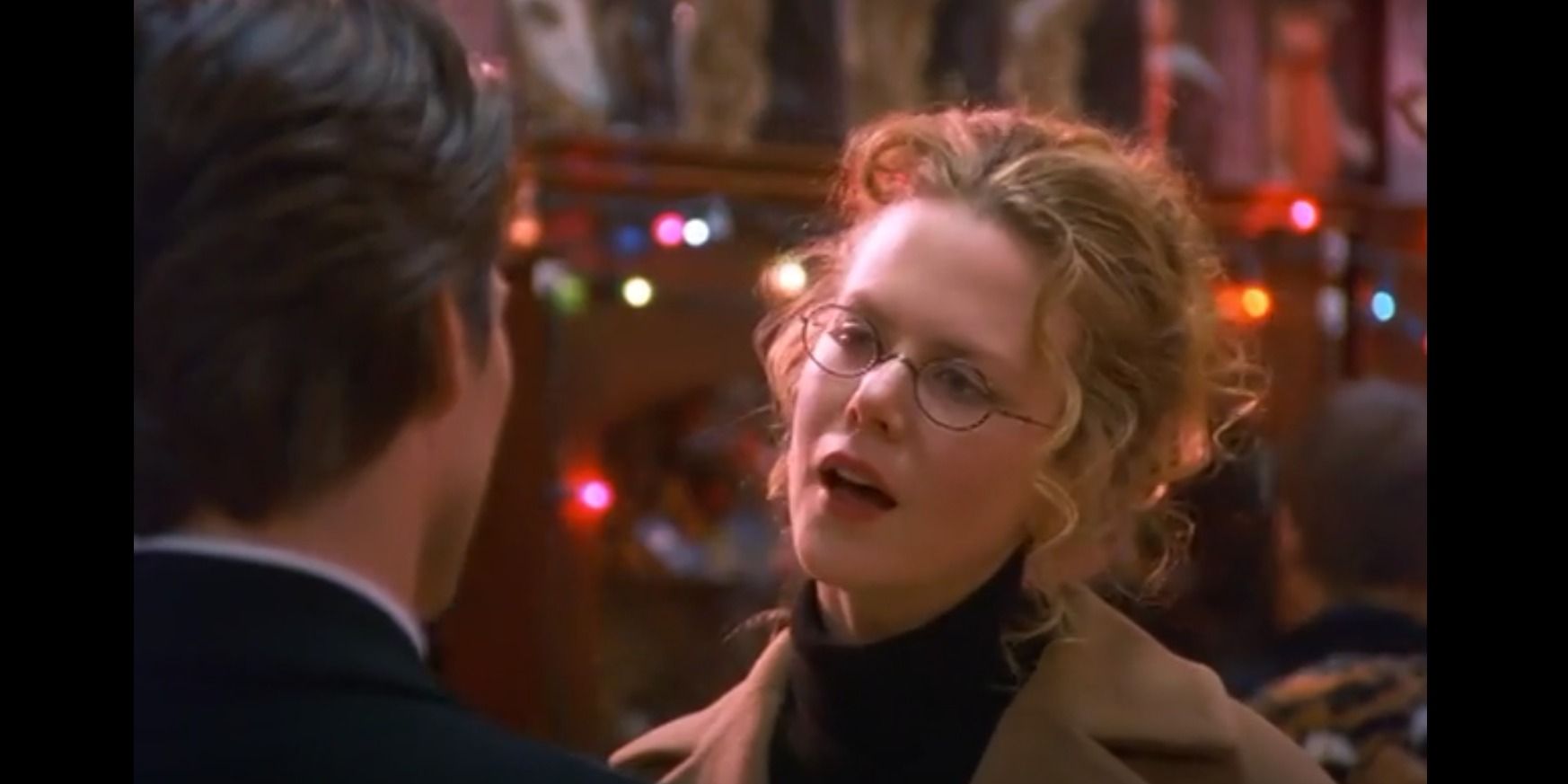

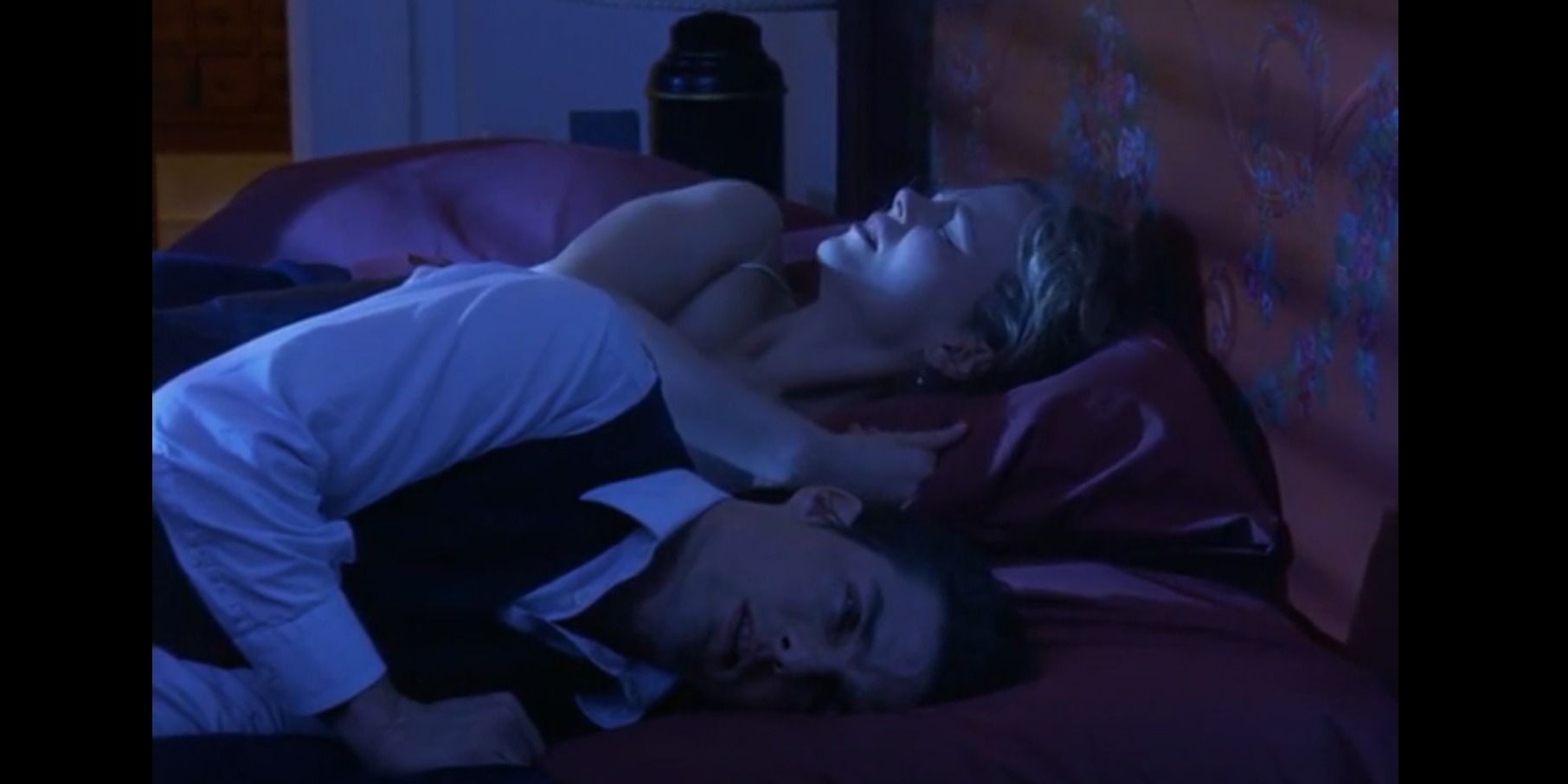
As a cinephile, I must say that Stanley Kubrick’s “Eyes Wide Shut” stands out as one of his most audacious works, challenging and defying audience expectations at every turn. Unlike conventional films that gradually build suspense towards a climactic resolution, this film is a masterclass in unpredictability. It’s a cinematic journey that never allows you to settle comfortably into a familiar narrative groove. One moment, it feels like you’re watching one kind of movie, and the next, it transforms into something wholly different. This deliberate refusal to conform to predictable patterns is not a sign of chaos; rather, it is the very essence that makes this film so captivating.
The narrative appears to follow a surreal, dream-like pattern, making the motivations of characters unclear at times. Characters such as Nick Nightingale (Todd Field), who provides Bill with the password for the Somerton party and later disappears under mysterious circumstances, seem to materialize and vanish in Bill’s life, leaving a trail of enigmas. The masked woman from Somerton who intervenes to save Bill is another such character, although it transpires that she is the same woman whom he previously consulted medically during the Christmas party at the beginning. However, the reasons behind her attempts to safeguard him and the true circumstances surrounding her demise remain unexplained in the film.
Initially, the viewers witness Bill and Alice engaging in a heated, genuine disagreement concerning their marriage. Moments later, Bill finds himself at an unusual, cult-like gathering that appears more like a dream or a stylized, enigmatic nightmare, with classical music and peculiar movements. This abrupt transition from everyday life to a bizarre, almost symbolic realm is characteristic of Kubrick’s style. He isn’t simply narrating a straightforward story; instead, he aims to confuse the audience, pique their curiosity about the oddities, and eventually leave them with a lingering sense of unease about the experience and its deeper implications.
Conspiracy, Class, and the Cost of Curiosity
The Other Side of Eyes Wide Shut
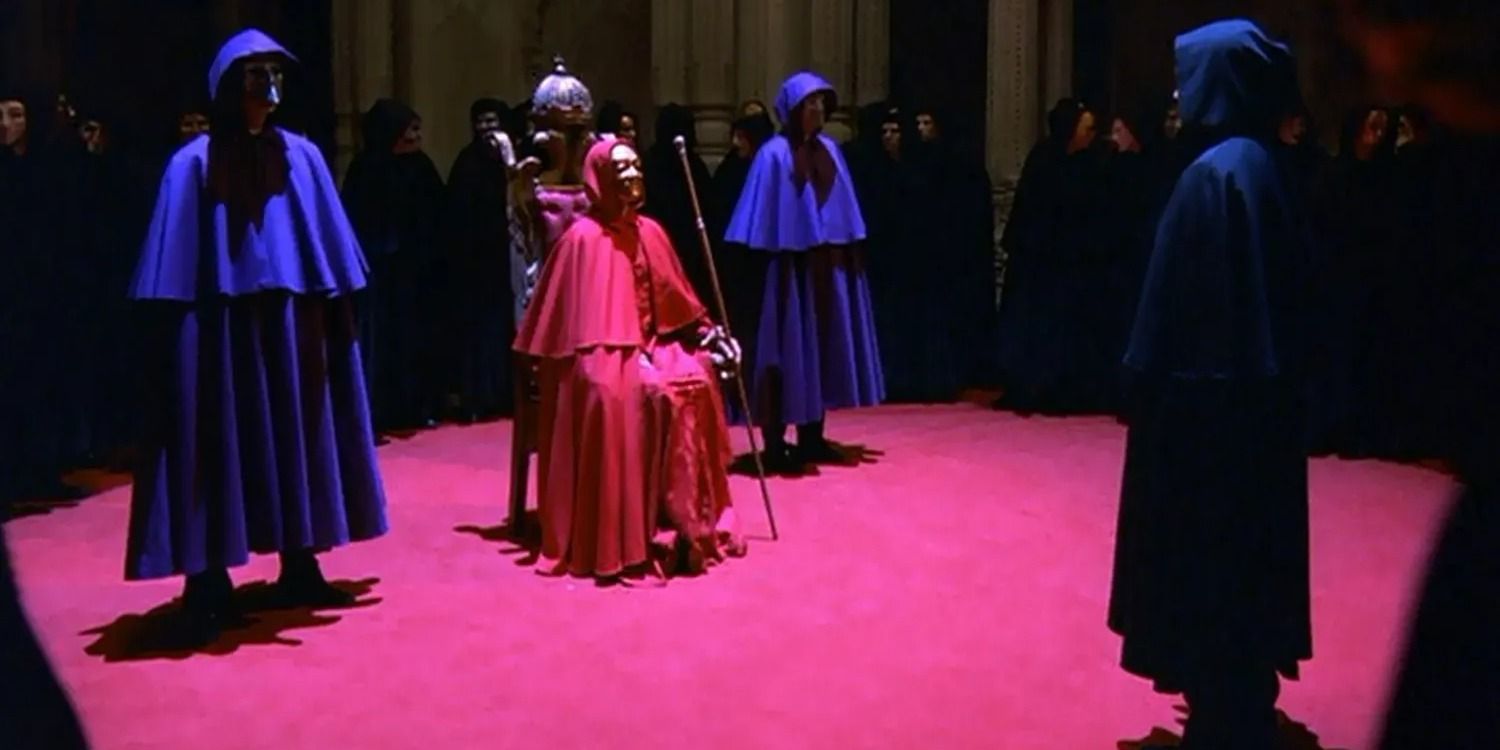
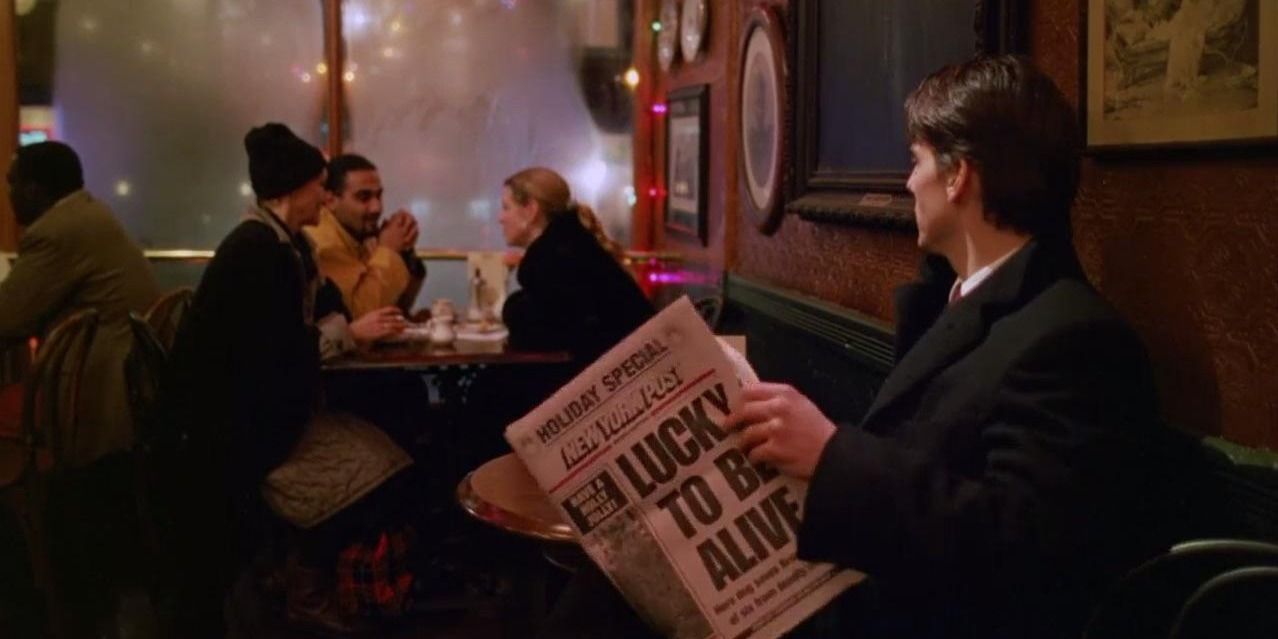
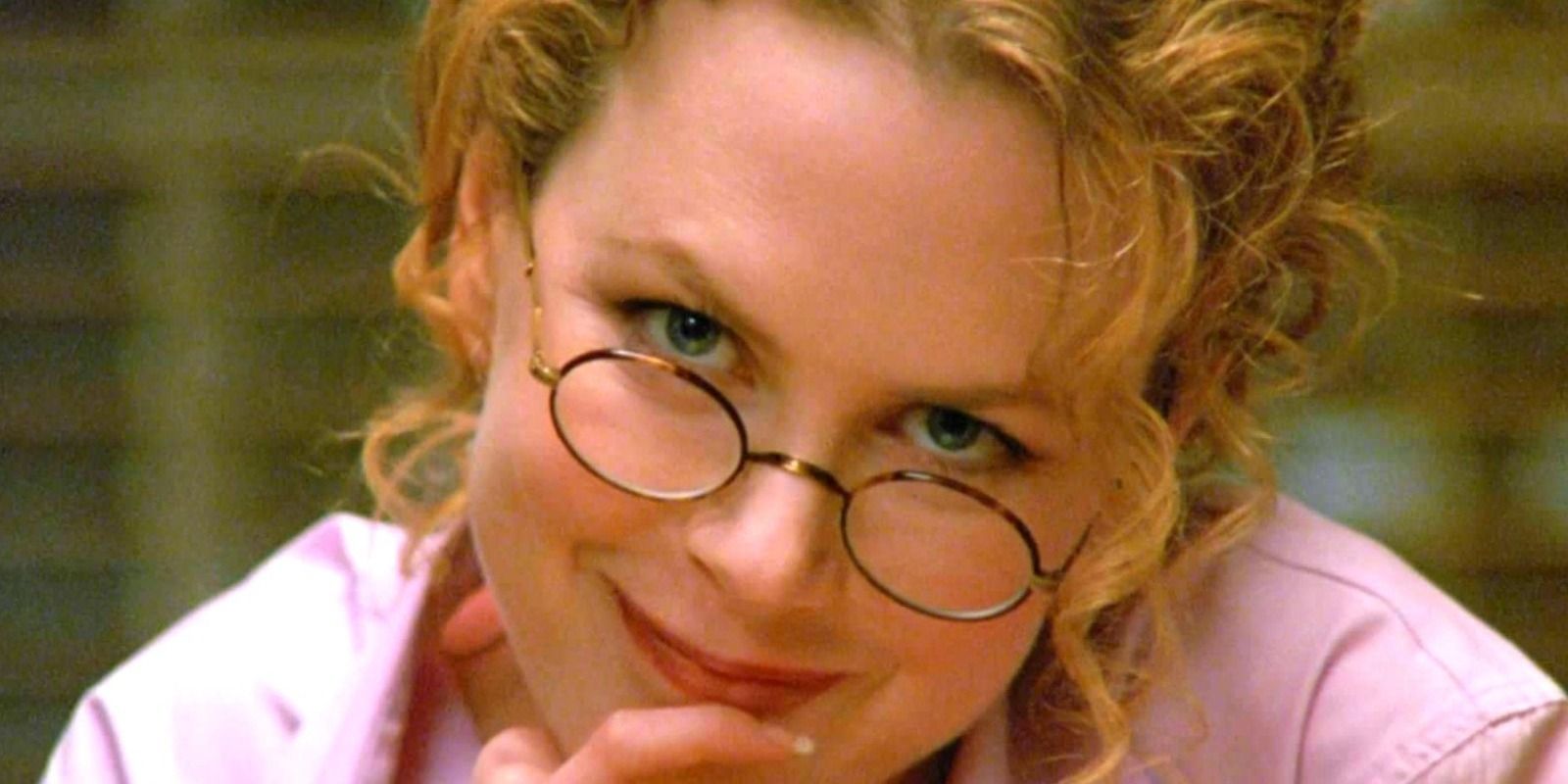
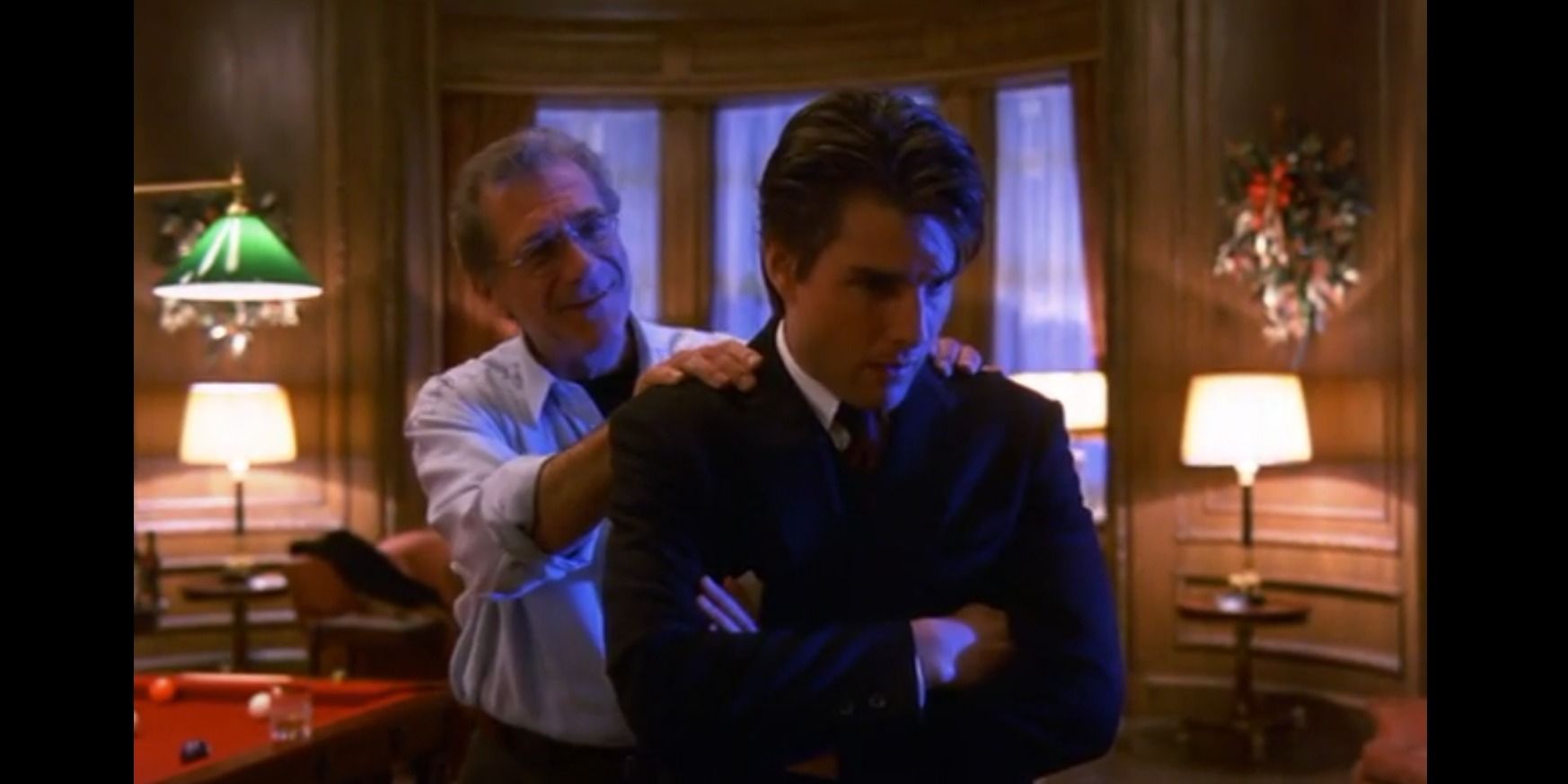
The main plot of the movie centers around a puzzled husband, whose jealousy arises from his wife’s extravagant sexual fantasy involving another man, causing him to navigate the labyrinthine streets of New York City. However, certain key parts of the narrative have been subject to varied perspectives over time. One particularly memorable scene is the masked party at the Somerton mansion that stands out in many viewers’ minds from Eyes Wide Shut. Throughout the years, fans have proposed numerous interpretations, frequently tying them to real-world concerns about the secret activities of influential, elite circles hidden behind closed doors.
In today’s world, filled with tales of individuals such as Jeffrey Epstein and whispers about elite societies, Kubrick’s depiction of a hidden, masked collective involved in peculiar, ritualistic sexual acts appears strikingly relevant, even hinting that he might have been revealing a secret about the wealthy to his audience.
The film, or its creators, may not explicitly endorse any real-world conspiracy theories, but it derives its strength from evoking widespread suspicions and intrigue about the secretive lifestyles of the privileged elite. While not everyone might share this viewpoint, it’s clear that Kubrick was making a profound statement about social class and the risks of prying into forbidden realms. Characters like Dr. Bill Harford, despite his luxurious apartment and medical profession, are undeniably outsiders in places like Somerton.
He’s a wealthy and educated individual, yet he soon realizes that his presence isn’t welcome in every luxury venue. His desire to infiltrate the exclusive social circle, sparked by Alice’s revelation and a touch of innocent curiosity, doesn’t result in thrilling discoveries or enjoyment. Instead, he gets caught, terrified, threatened directly, and eventually dismissed with dishonor. The moment when Victor Ziegler (Sydney Pollack), a powerful figure within this circle, calls Bill to his home to “discuss” matters is a bone-chilling demonstration of power.
In a composed manner, Ziegler informs Bill about the peril he had faced, dismissively referring to the deceased masked woman as a “woman of ill repute,” showing an icy indifference towards her life’s significance in their world. Instead of emerging triumphant from his exploration into this secretive society, Bill is left trembling with fear and insignificance, compelled to return to his mundane existence. The filmmaker Kubrick appears to be conveying a cautionary message: the allure of peeking behind the closed doors of the super-elite may pique our curiosity, but venturing too deep into unfamiliar territory can come at a steep price. Bill’s inquisitiveness not only strains his marriage but fundamentally alters his perspective on society and power dynamics.
In essence, Tom Cruise’s character serves as a navigator, navigating himself through a clandestine realm of longing, dominance, and concealed truths that many of us barely catch a glimpse of. The film’s exploration of matrimony, sincerity, and the mysteries behind locked doors remains pertinent for discussions today. Despite some viewers anticipating it to be an erotic thriller, its capacity to stimulate thought is indisputable.
Read More
- PI PREDICTION. PI cryptocurrency
- Gold Rate Forecast
- WCT PREDICTION. WCT cryptocurrency
- Guide: 18 PS5, PS4 Games You Should Buy in PS Store’s Extended Play Sale
- LPT PREDICTION. LPT cryptocurrency
- Despite Bitcoin’s $64K surprise, some major concerns persist
- Solo Leveling Arise Tawata Kanae Guide
- Shrek Fans Have Mixed Feelings About New Shrek 5 Character Designs (And There’s A Good Reason)
- Elden Ring Nightreign Recluse guide and abilities explained
- Jack Dorsey’s Block to use 10% of Bitcoin profit to buy BTC every month
2025-06-05 05:06